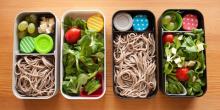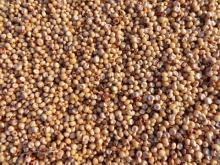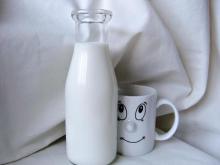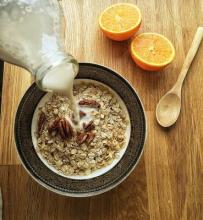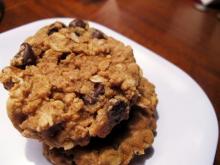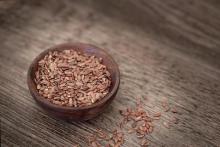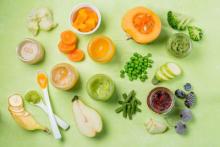How To Practice Perfect Portion Control
Anyone who has ever embarked on a journey to lose a few pounds has heard it before; “dieting is 80% food, and 20% exercise.” In other words, go ahead, and exercise ‘til your little heart is content (being physically fit is always in!). However, if you tend to go home and eat a bag of chips fit for an entire family, weight loss won’t be the end result.

